Astrokit 1/48 Macchi C.200 Saetta
As I recall, the Astrokit resin C.200s first appeared in 1995. I did this one then, then about 5 years later I stripped it and repainted it with better decals. This is a C.200 from the 356th Squadriglia of the Italian Corpo d'Expeditizione in the Soviet Union, serving during the winter of 1942 in the Stalingrad battle. This is the first time I really got the "fried eggs" camouflage right, done freehand with my Paasche-H. I still think Astrokit got the shape of the C.200 better than anyone else. This was the first all-resin kit I built that wasn't "rugged." In fact it's quite nice and if you run across one, you ought to pick it up.
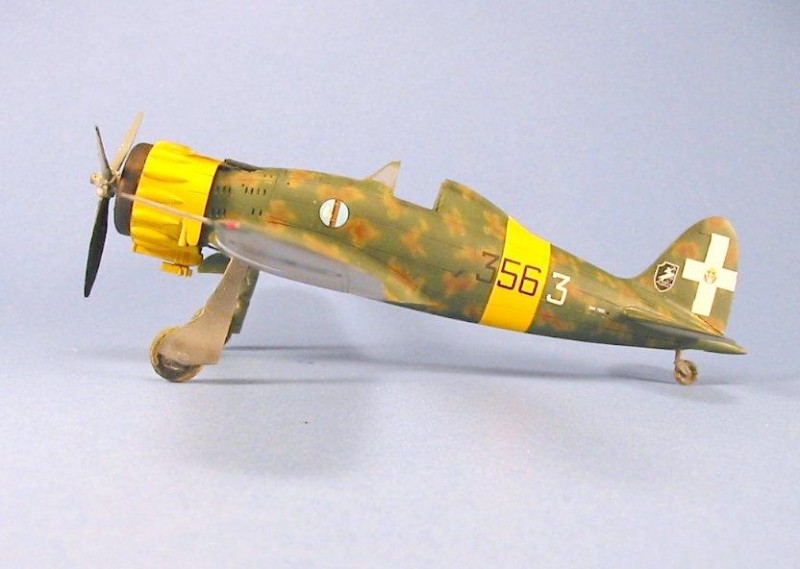
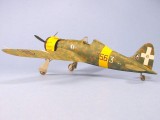
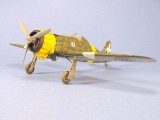
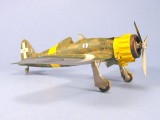
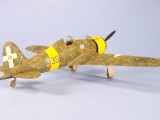
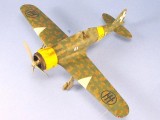
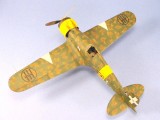
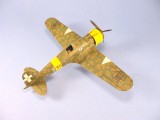
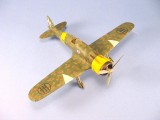
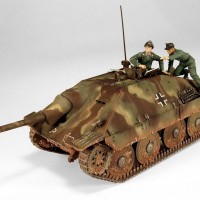
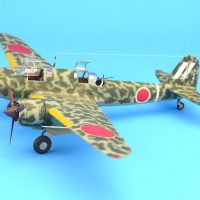
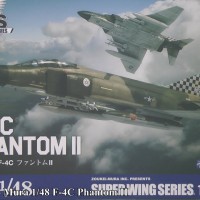
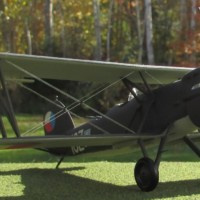
Well yours truely "The Luddite" with fumble fingers has screwed up again ...another easy "Ten". The point and click options seems to beyond my forefingers capabilities,something a twelve year old could do with ease...
That's a damn fine rendition. Fried eggs for all.
Everbody knows you can't do that kind of paintwork with a lowly Paasche H. You meant (H)arder and Steinbeck, yes?
Not only a Paasche H but a 40 year old Paasche H (at least the body is)
You cheapo. Yeah mine woulda been around that age too but I got a new one about 5 years ago instead of fixing it. Great tool.
I do buy new #1 tips regularly - at least once a year. Also disassemble and soak after every project completion. (or major color change)
Really nice job Tom.
N.
Real nice one, Tom. Fried eggs look good enough to eat. (Sorry, couldn't help myself.) What order did you apply the camo in?... sand, green then brown? However you did it it certainly came out very well.
I applied it the way they likely did: the airplane probably arrived in the unit in green/grey, and the "eggs" were applied in the field. So grey, then green, then tan then brown, progressively thinned to get tighter spray.
A blast from the past, a marvelous result, my friend @tcinla!